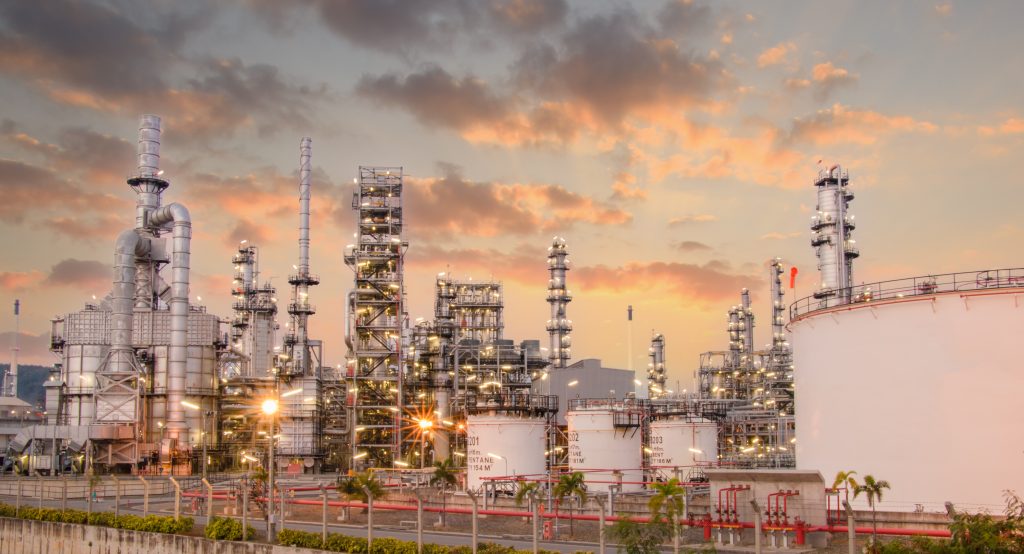Siemens Energy has recently finalized a monumental $1.5 billion agreement, entailing the provision of vital components for a pair of gas-fired power plants in Saudi Arabia, alongside a commitment to upkeep these facilities for a quarter of a century.
The two installations, known as Taiba 2 and Qassim 2, are slated to generate a substantial four gigawatts of electricity collectively. Their construction is planned in Saudi Arabia’s western and central regions, respectively, with completion projected in the coming years, according to a statement released on Monday by the company.
Partnering with Siemens Energy on these ventures is China Energy International Group, who will take on roles encompassing engineering, procurement, and construction.
‘The new gas-fired power plants will provide reliable energy supply and contribute to the sustainable and future-orientated development of the country,’ stated Karim Amin, a member of Siemens Energy’s managing board.
In an effort to counter climate change and curtail carbon emissions, Saudi Arabia, the globe’s foremost oil exporter and the largest economy in the Arab world, has ambitious plans to transform its economy and diminish its dependency on oil. The kingdom aims to reach net-zero carbon emissions by 2060.
A $10 billion investment is earmarked for enhancing the Master Gas System (MGS), which will involve upgrades to compression systems and the installation of new pipelines, significantly boosting network capacity.
This expansion is poised to increase the availability of natural gas, facilitating the transition of the kingdom’s power plants from crude oil to natural gas.
First commissioned in the 1980s, the MGS has been utilized by Saudi Aramco to distribute natural gas across the nation, primarily transporting associated gas from prolific fields such as Ghawar.
According to Siemens Energy, the Taiba 2 and Qassim 2 facilities are anticipated to cut carbon dioxide emissions by up to 60 percent when compared to oil-powered plants.
The plants are expected to initially connect to the grid in a simple cycle mode by 2026, transitioning to a permanent combined cycle power plant operation the following year.
Previously, in 2021, Aramco entered into a long-term service contract with Siemens Energy for the acquisition of various turbines and generators for four major oilfields.
